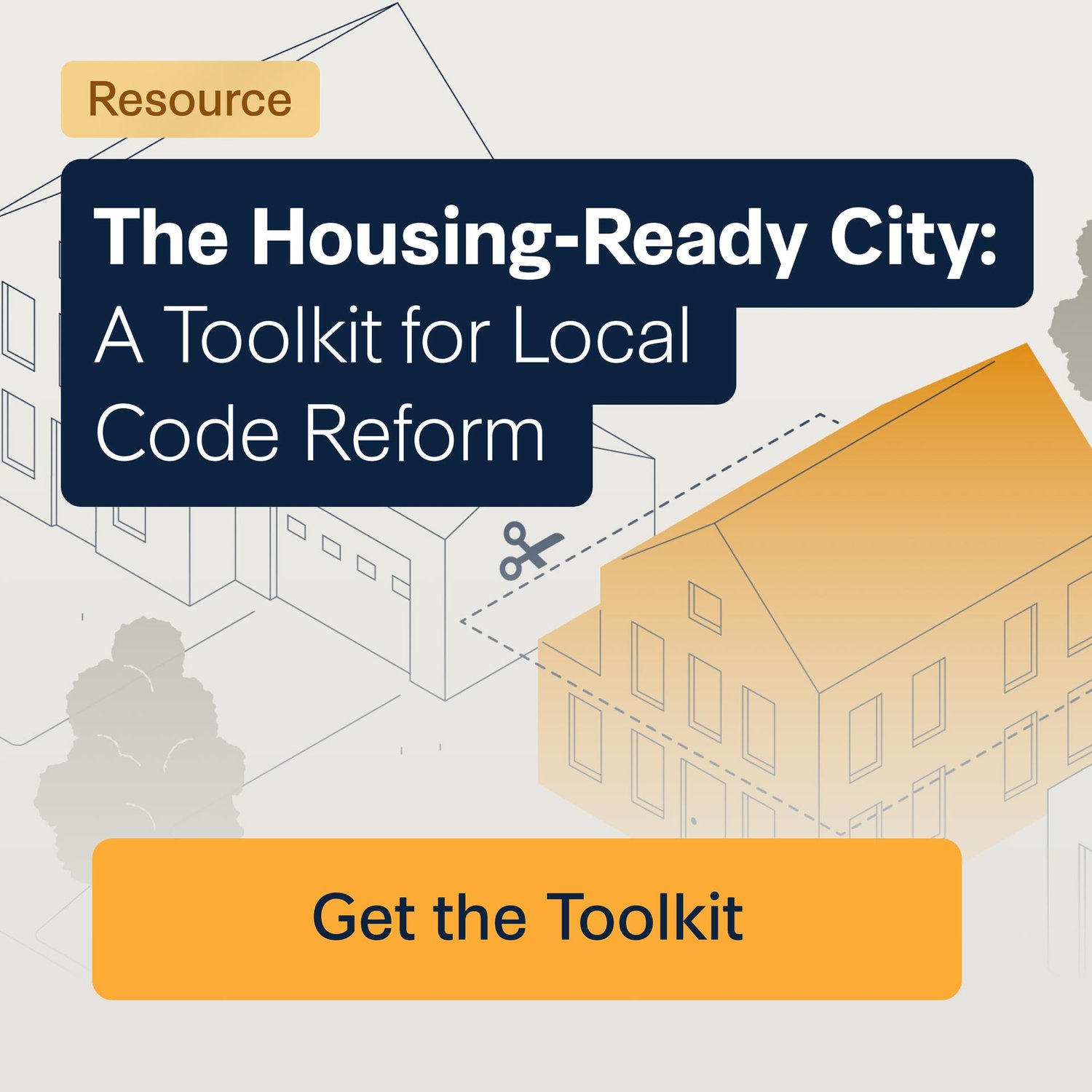1 Small House, 7 Decades of Shelter: the Legacy of a Starter Home
The house my grandfather built and lived in for nearly 70 years.
My grandmother passed away just one month before her 95th birthday. My grandfather passed away almost seven years ago. Losing both of them has made me reflect deeply on their legacy—especially the modest but enduring home my grandfather built with his own hands early in their marriage.
When my grandfather built their house, he intended it as a starter home, constructed as large as his weekly paycheck allowed, stretching just enough to accommodate a growing family. He probably couldn't imagine at that time that this humble home would shelter his family for the rest of his and my grandmother’s lives—spanning nearly seven decades.
My grandparents grew up during the Great Depression, experiencing firsthand the struggles and insecurity of that era. For them, the ability to visit a lumberyard to purchase materials, sometimes aided by a small loan from the lumber company, was a profound achievement. Even more significant was the act of buying a piece of land—owning property was not just an economic investment, but a personal and emotional triumph.
Their house was never just a single-family residence; it was a sanctuary, a true home, where my mother and her two brothers grew up. My grandfather, a truck driver earning weekly paychecks, and my grandmother, a devoted homemaker, were the embodiment of a blue-collar family—hardworking, modest, and proud. Their home represented security and opportunity, accumulating value and wealth over time that provided stability and options for their later years.
Over the decades, the neighborhood changed and evolved around them, demonstrating the resilience and lasting appeal of the community my grandparents helped build. In fact, the realtor now handling the sale of my grandmother’s house grew up across the street, symbolizing continuity in the midst of change.
Simple homes like this are very difficult to build in many places because of unnecessarily restrictive codes.
Today, I wonder if someone like my grandfather could navigate our complex regulatory environment to build a similar starter home. The straightforward dream of constructing one's own house has become mired in complicated zoning codes, restrictive building regulations, and arduous approval processes. Would he have had the patience, the resources, or even the chance to build?
Our housing crisis demands a return to simpler, more empowering approaches. The "Greatest Generation," returned from World War II with optimism and resilience, investing their sweat equity and modest paychecks to build their homes. Our cities once encouraged these small, incremental developments by making them easy and accessible, removing unnecessary barriers and empowering people to build their future.
While my grandparents' home might not copy the floor plans or styles of the production builders, it provided more than 70 years of safe, secure shelter and will continue to do so for its next occupants. That’s not merely construction—that’s building a legacy.
We have the power, particularly at the local level, to reignite this dream of home ownership. By streamlining permit processes, simplifying zoning regulations, and focusing building codes on essential safety features, we can once again enable ordinary citizens to build homes quickly and affordably. Imagine applying for a building permit on Monday and holding it in your hand by Tuesday—ready to pick up a hammer that weekend.
We can choose to open up this possibility at scale, making homeownership accessible for millions more. That would honor the spirit of my grandparents and countless others from their generation, ensuring that the simple, powerful act of building one's own home remains within reach for everyone.
Ready to make this a reality? The “Housing-Ready City” toolkit outlines six code reforms local officials can implement today. Download it here.








Edward Erfurt is the Chief Technical Advisor at Strong Towns. He is a trained architect and passionate urban designer with over 20 years of public- and private-sector experience focused on the management, design, and successful implementation of development and placemaking projects that enrich the tapestry of place. He believes in community-focused processes that are founded on diverse viewpoints, a concern for equity, and guided through time-tested, traditional town-planning principles and development patterns that result in sustainable growth with the community character embraced by the communities which he serves.